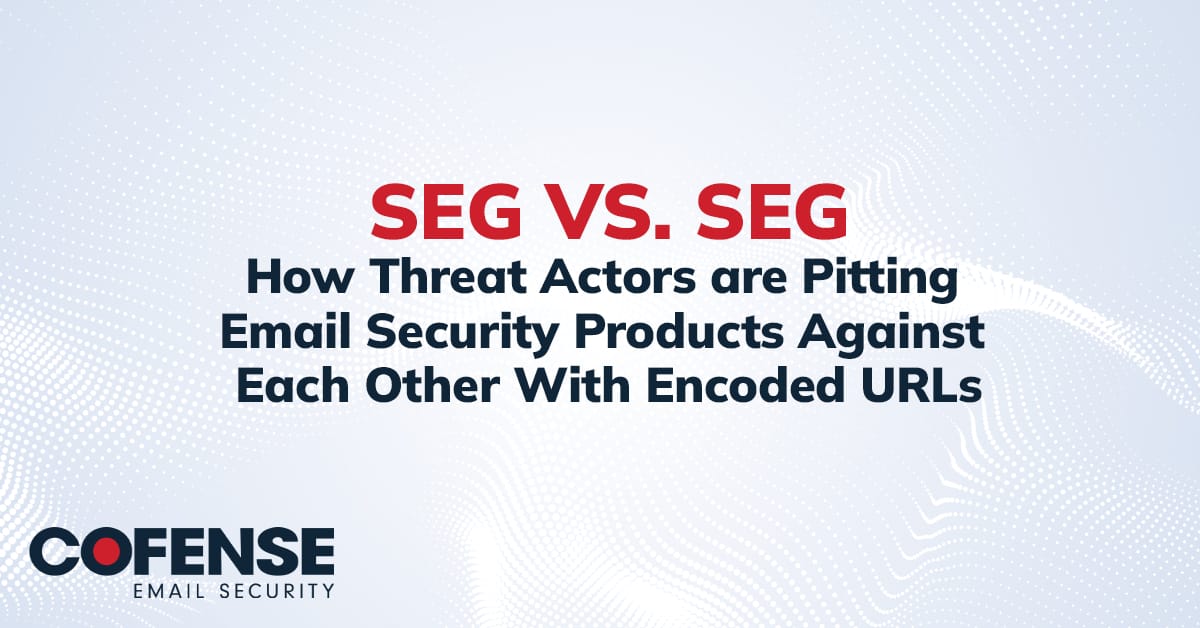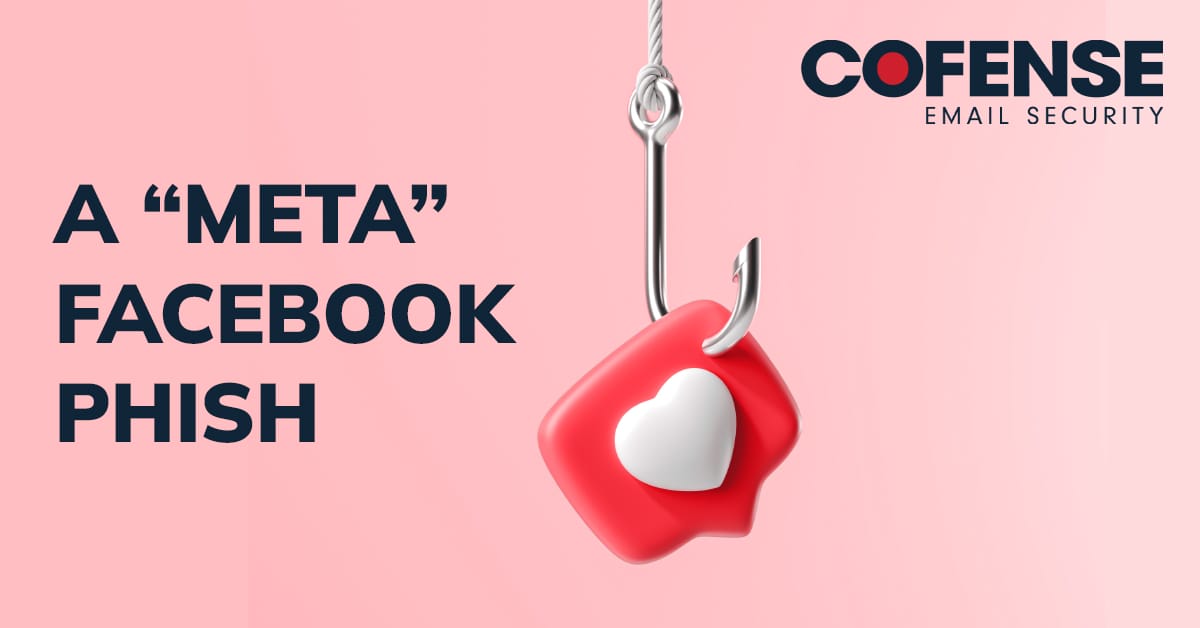Over the past several months PhishMe research has noticed an increase with Anti-Analysis techniques being included within Office macro and script files. This is the first post in a series where we look at the inclusion and effectiveness of these methods. Although the use of Anti-Analysis techniques is not new, they are generally observed within the packed payload in an effort to avoid detection by endpoint security solutions.
Most recently we came across a campaign of emails which included a malicious Microsoft Word document. The document contains a standard lure using an image instructing the user to enable active content as it was authored with a newer version of Microsoft Office.
Once macros are enabled during analysis we generally see activity as the execution is triggered when the document is opened or an object is initialized and the script begins extracting or downloading a malicious payload, but we noticed with samples from this campaign that there was no activity when the macro was enabled.
Using oletools to quickly scan the document we see that the hook to trigger the macro code is using the Document_Close event instead of an event triggered using document open or object initialization. Running the sample in a sandbox further confirmed that dynamic analysis results were not available as the session timed out and the macro code was never executed.
Visualizing the call-graph shows that the macro is composed of one main function and a de-obfuscation routine which allows us to quickly focus on the calls within the ijPql function. Analysis led us to find additional anti-analysis checks within the Macro before the payload was downloaded and executed.
The macro first checks that the current username is not ‘USER’ and then checks that the RecentFiles count is > 3
The macro then makes a HTTP GET request to https://www.maxmind.com/geoip/v2.1/city/me with the following custom headers:
- Referer: ‘https://www.maxmind.com/en/locate-my-ip-address’
- User-Agent: Mozilla/5.0 (compatible; MSIE 10.0; Windows NT 6.1; Trident/6.0)
A successful request returns a JSON object which includes a traits structure containing information about the ISP, Orgainization and ASN.
The result is then checked if any of the following strings exist within the JSON string.
“AMAZON”, “ANONYMOUS”, “BITDEFENDER”, “BLUE COAT”, “CISCO SYSTEMS”, “CLOUD”, “DATA CENTER”, “DATACENTER”, “DATACENTRE”, “DEDICATED”, “ESET, SPOL”, “FIREEYE, “FORCEPOINT”, “FORTINET”, “HETZNER”, “HOSTED”, “HOSTING”, “LEASEWEB”, “MICROSOFT”, “NFORCE”, “OVH SAS”, “PROOFPOINT”, “SECURITY”,”SERVER”, “STRONG TECHNOLOGIES”, “TREND MICRO”, “TRUSTWAVE”, “NORTH AMERICA”, “BLACKOAKCOMPUTERS”, “MIMECAST”, “TRENDMICRO”
If any of the checks fail, the macro will exit and not download the configured payload.
Conclusion
We see another example of attackers migrating anti-analysis techniques that are traditionally seen included within a packed payload, up the stack into the initial infection script. The use of a finalization event (on_close) to trigger execution, demonstrates that attackers understand the default capabilities of sandboxes and are implementing techniques to bypass automated analysis. Additionally, the inclusion of network source checks focusing on security and hosting infrastructure further indicates awareness of cloud based services being leveraged by researchers and security companies.
Although the checks are easily bypassed by researchers and analysts because they are implemented in a scripting language. They have been observed to be effective in circumventing dynamic analysis in common sandbox deployments.
Document Samples
- 683154fa03f494bd368042b3546f7b04
- 3bb6807d88a7ee359d7d813e01700001
- 4c59ccbc0c524069e46ad8d92e65a14c







